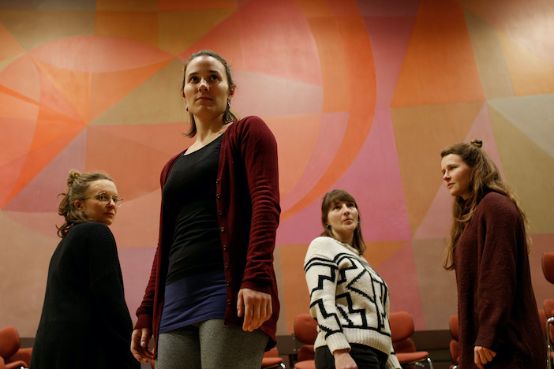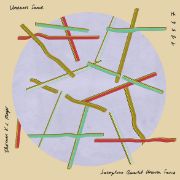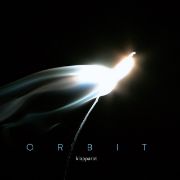Saxophone sounds
On the current albums of the Bernese formation Klapparat or the composer Thomas K. J. Mejer, the instrument presents itself between improvisation and border areas.

The saxophone, patented in 1846 and invented by the Belgian Adolphe Sax, only began its triumphal march with the emergence of jazz in the US music metropolis of New Orleans. As early as 1929, the German music critic Alfred Baresel called it the "most important melody instrument of the genre". Two new publications prove that it has long been central in other areas too.
The trail first leads to Klapparat, who reformed in 2021 and are no longer a sextet but a quintet with four saxophones and drums. Their current album Orbit shows that the band, most of whom come from Bern, have not only changed their line-up, but have also realigned themselves: Klapparat have already managed to distinguish themselves with inventive improvisations and rumbling street jazz. Now, however, their work has reached a new level. Not least because it has proven to be a clever move to enrich their sound with a tubax - a bass saxophone. This makes for particularly low tones, ones that creak and growl. The result is tracks like Lydian sufferingsthat runs riot between the elegant and the intricate, or like Evening lightwhich gradually reveals itself to be a drama. Other highlights include the frankly swinging Part 3 and Fields - a finely layered number that knows how to impress with continuously varying atmospheric images. Songs like the ones mentioned above make it clear that Klapparat can work with Orbit has succeeded in creating a playful, dynamic and innovative work.

In comparison, the saxophone quartets written by Thomas K. J. Mejer present themselves as straightforward and downright brittle. His eleven pieces, performed by the four saxophonists Silke Strahl, Vera Wahl, Eva-Maria Karbacher and Manuela Villiger, are edgy and rely on sounds that are rhythmically complex and challenging. While Sulpician imagery I-IV flirts with interjections that prove to be light-footed, pleasurable and capricious, the subsequent Dark Snow Falls upon the Bagpipers on four identical alto saxophones. However, their interplay does not result in anything conformist, but rather a kaleidoscope of filigree sounds that stimulate the imagination and evoke various images. Sometimes they are reminiscent of clattering typewriters, sometimes of alphorns at dawn. The sounds on offer, which are on the borderline between new music and jazz, do not necessarily nestle in the ear, but they do provide in-depth insights into a jagged world of sound. If you take the time to listen to this music, you will inevitably come to the conclusion that it is worthwhile to explore it: Creativity is alive and well here.

Saxophone quartets by Thomas K. J. Mejer: Uneven Same. Manuela Villiger, Eva-Maria Karbacher, Vera Wahl, Silke Strahl, saxophones. Wide Ear Records WER065
Klapparat (Daniel Zumofen, Charlotte Lang, Ivo Prato, Matthias Wenger, saxophones; Philipp Leibundgut, drums): Orbit. www.klapparat.ch








